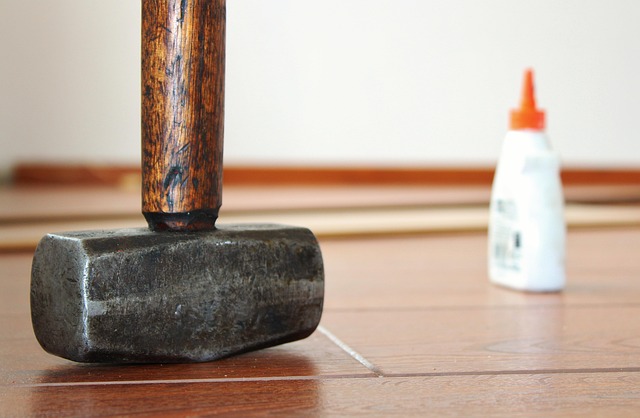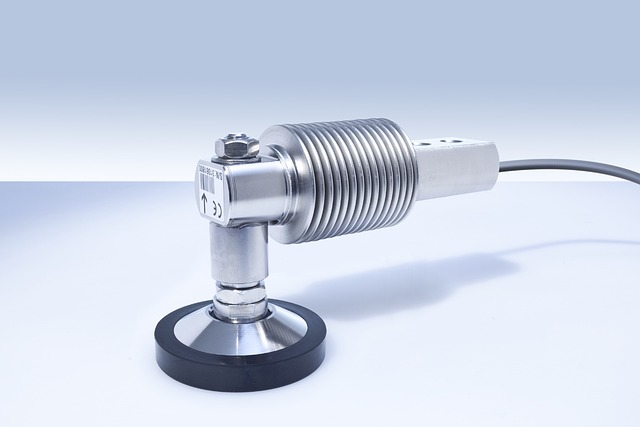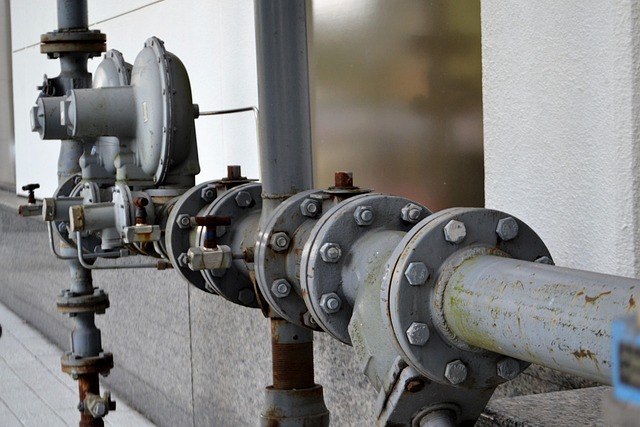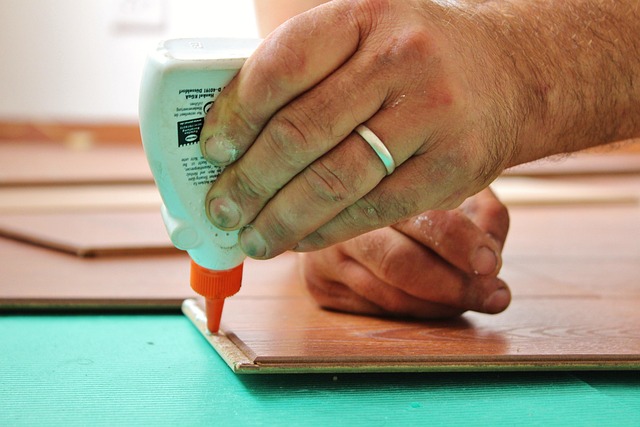Glue laminated beams (GLBs), made by bonding wood veneers with resins, offer superior strength and cost-effectiveness over traditional lumber. Adhesive selection is key for structural integrity, with PVA and polyurethane glues providing different benefits. Advanced lamination techniques using hot melt adhesives enhance beam durability. For heavy loads, GLBs reinforced with durable glues ensure long-term stability, crucial for outdoor applications. Contact (607) 369-9341 for expert advice on types of glue laminated beams.
In today’s construction landscape, ensuring structural integrity is paramount. One proven method, glue laminated beams, offers exceptional strength and stability compared to traditional wooden joists. This article explores effective strategies to enhance the structural integrity of these innovative beams. We delve into understanding different types of glue laminated beams, selecting optimal adhesives for robust bonding, refining lamination techniques, and incorporating reinforcements. By implementing these methods, builders can maximize the benefits of this game-changing construction solution.
- Understanding Glue Laminated Beams: Types and Benefits
- Selecting the Right Adhesives for Enhanced Bonding
- Optimizing Lamination Techniques for Structural Strength
- Incorporating Reinforcements for Maximum Integrity
Understanding Glue Laminated Beams: Types and Benefits

Glue laminated beams, also known as GLB or structural composite lumber, are an innovative and robust solution for enhancing the structural integrity of wooden beams. These advanced beam systems are engineered by bonding together multiple layers of wood veneers with strong synthetic resins, creating a single, incredibly strong component. The process involves pressing and gluing the veneers under high pressure, resulting in a beam with superior strength-to-weight ratio compared to traditional solid lumber.
There are various types of glue laminated beams designed for specific structural applications. For residential buildings, GLB systems offer an efficient and cost-effective alternative to conventional steel I-beams. They provide excellent load-bearing capacity, making them ideal for spanning long distances without support. Best practices for gluing steel I-beams involve careful selection of adhesives and veneers, along with precise manufacturing techniques. Glue laminated beam design considerations include factors like moisture content, span requirements, and loading conditions to ensure optimal performance. For more information, give us a call at (607) 369-9341.
Selecting the Right Adhesives for Enhanced Bonding

Selecting the right adhesives is paramount when enhancing the structural integrity of glued wood beams, as it directly impacts the overall strength and longevity of the construction. Different types of glue laminated beams, like polyvinyl acetate (PVA) or polyurethane-based adhesives, offer varying levels of bonding power and flexibility. For instance, PVA glues are renowned for their excellent water resistance and ability to bond well with a wide range of materials, making them ideal for outdoor applications. On the other hand, polyurethane adhesives provide superior strength and can be tailored for specific structural requirements, enhancing the sustainability benefits of glue laminated structures.
Understanding how these adhesives work is crucial. Glue-laminated beams are created by applying adhesive to multiple layers of wood, which are then pressed together under high pressure. The bonding process involves chemical reactions that create a strong, durable connection between the wood layers. This technique not only increases the structural integrity of the beams but also offers environmental advantages, as it allows for more efficient use of resources and reduced waste compared to traditional solid lumber construction. If you’re considering enhancing your project with glue laminated beams, give us a call at (607) 369-9341 to learn more about the best adhesive options for your needs.
Optimizing Lamination Techniques for Structural Strength

To enhance the structural integrity of wooden beams, optimizing lamination techniques is paramount. Glue-laminated beams, a popular choice for their superior strength and versatility, involve advanced binding methods that fuse individual wood layers together. The use of various types of glue, such as those derived from natural resins or modern synthetic adhesives, plays a pivotal role in this process. These glues create strong bonds between the wood layers, increasing the overall structural strength of the beam.
Innovative uses of glue in structural engineering have led to new developments in adhesive technology for beams. Modern hot melt adhesives offer significant advantages, including ease of application and superior bonding capabilities. By leveraging these advancements, engineers can create more robust and durable wooden structures. To explore these cutting-edge solutions further, visit us at unalam.com and discover how the latest glue technologies are revolutionizing construction practices.
Incorporating Reinforcements for Maximum Integrity

To ensure maximum structural integrity for wooden beams, incorporating reinforcements through advanced lamination techniques is essential. Glue laminating is a highly effective method that involves bonding multiple layers of wood together using strong, durable glues, creating what are known as Glue Laminated Beams (GLB). This process significantly enhances the beam’s strength and stability, making it ideal for heavy-load applications.
When selecting glues suitable for outdoor laminated beams or considering using hot melt adhesives for wood lamination, professionals should opt for high-performance formulations designed to withstand environmental factors like moisture and UV exposure. These glues play a pivotal role in maintaining the integrity of the structure over time. For more information and expert advice tailored to your specific needs, give us a call at (607) 369-9341.
By understanding the various types of glue laminated beams and their benefits, selecting suitable adhesives, optimizing lamination techniques, and incorporating strategic reinforcements, it’s possible to significantly enhance the structural integrity of wooden beams. These strategies not only ensure greater strength but also contribute to the longevity and durability of wood construction projects, making them essential considerations for any builder or engineer looking to create robust and safe structures.














